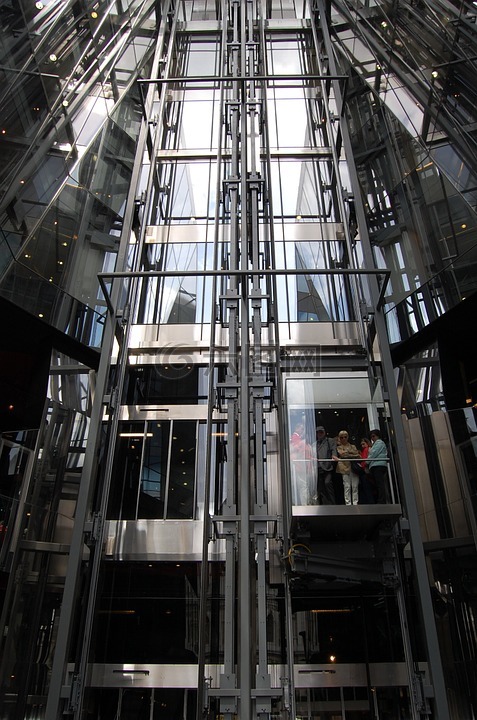In modern high-rises and mixed-use developments, property managers often opt for multi-brand elevator fleets to balance cost, design, and supplier relationships. On the surface, this flexibility seems practical—but behind the sleek cabins lies a growing headache: fragmented maintenance systems that turn "smart" elevators into logistical nightmares.

Consider a typical scenario: A 20-story office building uses Otis elevators in the lobby, Schindler units in the residential floors, and a local brand for the parking garage. Each brand operates on a proprietary platform: Otis relies on its "Gen2 Connect" app, Schindler uses "Schindler Ahead," and the local brand still relies on paper logs emailed to a third-party contractor. For the property’s maintenance team, this means juggling three dashboards, three sets of technical jargon, and three entirely different workflows.
Take a recent incident at such a building: A tenant reported a "strange noise" in a Schindler elevator. The property manager logged into "Schindler Ahead" but found no alerts—only to discover the local contractor, who handles the building’s safety certifications, hadn’t updated the system in weeks. Meanwhile, the Otis elevators, equipped with IoT sensors, had flagged a "vibration anomaly" two days prior, but the alert was buried in the Otis app, unnoticed by the team focused on Schindler’s system. By the time technicians from both brands arrived, the noise had escalated to a motor malfunction, costing $12,000 in emergency repairs and displacing tenants for 12 hours.
This isn’t an isolated case. In multi-brand fleets, even basic tasks become time-consuming: A technician must switch between apps to check maintenance history, warranty status, and local safety codes—processes that could take minutes with a single system but stretch to hours across brands. Worse, inconsistent data formats mean critical details (like a door sensor’s calibration date) might be labeled "Last Serviced" in one app and "Inspection Due" in another, leading to missed deadlines and compliance risks.
Residents and tenants bear the brunt too. A tenant in a Boston high-rise recently told local news, "I reported a stuck elevator three times—each time, they said it was ‘under review’ by a different company. No one knew who was responsible." Such delays erode trust, with 68% of renters in a 2023 survey citing "unreliable elevators" as a top reason to avoid a building, according to property management firm JLL.
The root issue? The elevator industry has no universal data standard. Unlike smartphones, which sync seamlessly across apps, elevators remain siloed by brand, with manufacturers prioritizing proprietary systems over interoperability. For now, property managers are left with two options: invest in costly middleware to integrate systems (a price tag often passed to tenants) or accept inefficiencies as the cost of "diversified" suppliers.
Until the industry adopts common protocols, multi-brand fleets will continue to drain resources—one fragmented alert, one missed deadline, one frustrated tenant at a time. For building owners, the message is clear: "Smart" elevators are only as reliable as the system that maintains them.
